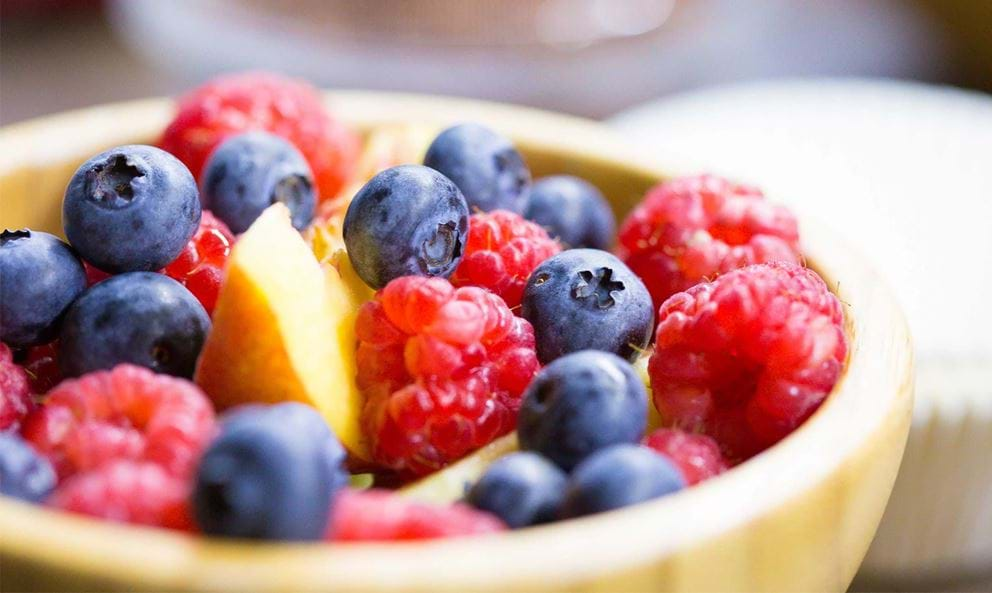The truth about fruit and sugar

Everyone knows that fruit is basically a codeword for “healthy eating”, right? After all, you’ve probably seen those artistically arranged breakfast photos from the Instagram fitness crowd, showing off a large bowl of fruit on top of cereal, with a side order of fruit for dessert, and some fruit juice to wash it all down with.
But what if, for all the great nutrients they contain, there could be a drawback to eating as much fruit as humanly possible? What if some fruit just so happened to be chock-full of sugar?
The worst offenders
Below are some of the worst offenders in terms of sugar content per 100 grams. You’ll notice that this almost reads like a standard shopping list of some of the world’s most beloved fruits.
Bananas
It should come as no real surprise to anyone that bananas are a bad offender here. They taste sweet, they’re filling in a way which few other fruits are, and they seem to be a favourite with runners trying to “keep up their blood sugar”.
Bananas weigh in at 12g of sugar per 100g serving.
Pomegranates
With those little seeds finding their way into an assortment of desserts, it was bound to be the case that the humble pomegranate would be full of sugar.
Specifically, you’ll get 14g of sugar per 100g helping of pomegranate.
Grapes
Grapes might come as something of a surprise entry here.
Next time you tuck into a bowl of grapes as a “healthy snack”, be aware that you’re getting an enormous 16g of sugar per 100g of grapes for your trouble.
To put that into context, there’s around 10g of sugar per 100ml of Coca Cola.
Figs
Tied with grapes for first place on the high-sugar list is the majestic fig, coming in at 16g of sugar per 100g serving.
The best options
When it comes to low-sugar options, you’ll notice that berries dominate the list. Effortlessly. Something to keep in mind next time you’re putting together a dessert bowl.
Strawberries
Who could have imagined that strawberries, the centrepiece of so many cakes and creamy desserts, could be on this list?
But they are, with only 4.9g of sugar per 100g serving.
Blackberries
Blackberries tie with strawberries on this list, another deceptively sweet summer fruit which nonetheless comes in at only 4.9g of sugar per 100g.
Raspberries
Keeping the berry trend alive, raspberries clock in at a mere 4.4g of sugar per 100g.
Cranberries
The king of the berries, at least by way of low-sugar content, cranberries have a mere 4g of sugar per 100g serving.
When is it a good idea to eat sugary fruit?
As a general rule, it’s best to avoid the worst sugary fruit offenders during day-to-day life, and keep them for special occasions.
One exception is immediately before, after, or during, an intense workout, when some simple sugars will help to stock up your muscles’ glycogen stores and give you that extra bit of fuel to push forward.
At rest, though, simple sugars have a nasty habit of being stored away almost immediately as fat.[1]
Earn those treats through exercise, and if you really enjoy eating grapes and bananas to your heart’s content, all the more motivation to stay active.
[1] https://www.nih.gov/news-events/news-releases/nih-study-shows-how-insulin-stimulates-fat-cells-take-glucose


